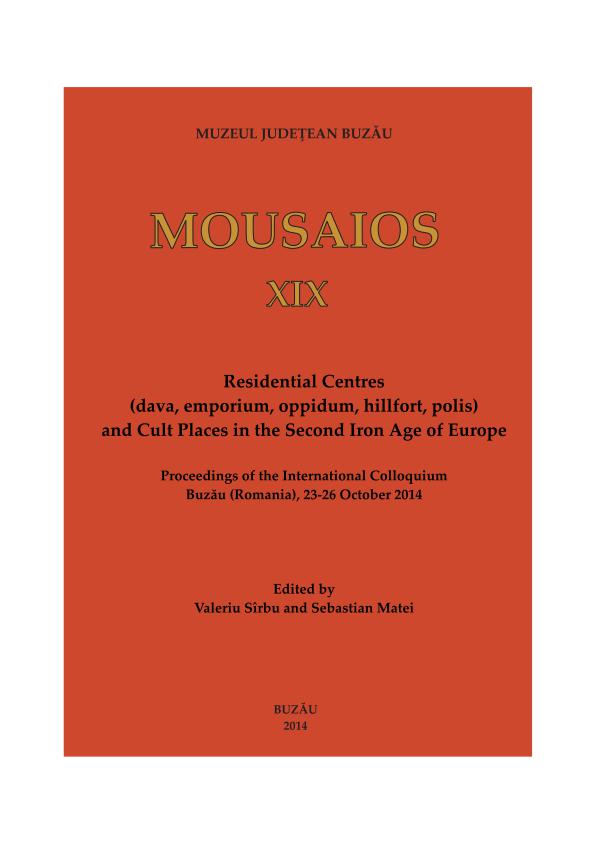SANCTUARIES AND ANCESTOR WORSHIP AT THE ORIGIN OF THE OPPIDA
SANCTUARIES AND ANCESTOR WORSHIP AT THE ORIGIN OF THE OPPIDA
Author(s): Manuel Fernandez-GötzSubject(s): Archaeology
Published by: Muzeul Judetean Buzău
Keywords: Iron Age; Urbanisation; Oppida; Sanctuaries; Collective identities; Ancestor worship
Summary/Abstract: The origins and development of Late Iron Age oppida were traditionally viewed from economic perspectives and as dependent on contacts with the Mediterranean world. However, advances in research in recent decades make it necessary to qualify and re-assess many of the traditional interpretations of the genesis and functions of these centres in Gaul and the surrounding regions. This paper focuses on the political and religious role of the continental oppida, showing that the existence of places for cultic purposes and holding assemblies very often pre-dated the development of major settlements on the sites, a phenomenon which has profound implications for our understanding of Iron Age urbanisation. Religion appears to be an essential element in centralisation processes, being at the root of the fusion of previously scattered communities. Moreover, ancestor worship seems to have been at the centre of numerous public cults, and barrows very often acted as foci for political and religious meetings.
Journal: Mousaios
- Issue Year: 2014
- Issue No: 19
- Page Range: 111-132
- Page Count: 22
- Language: English

